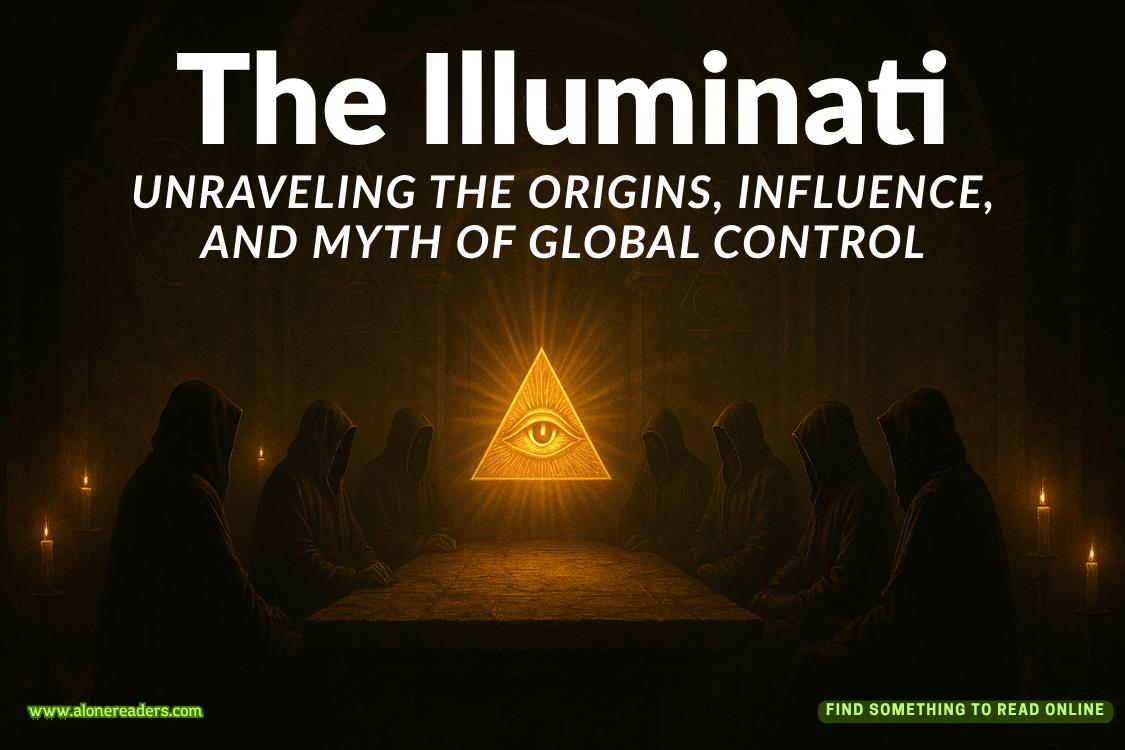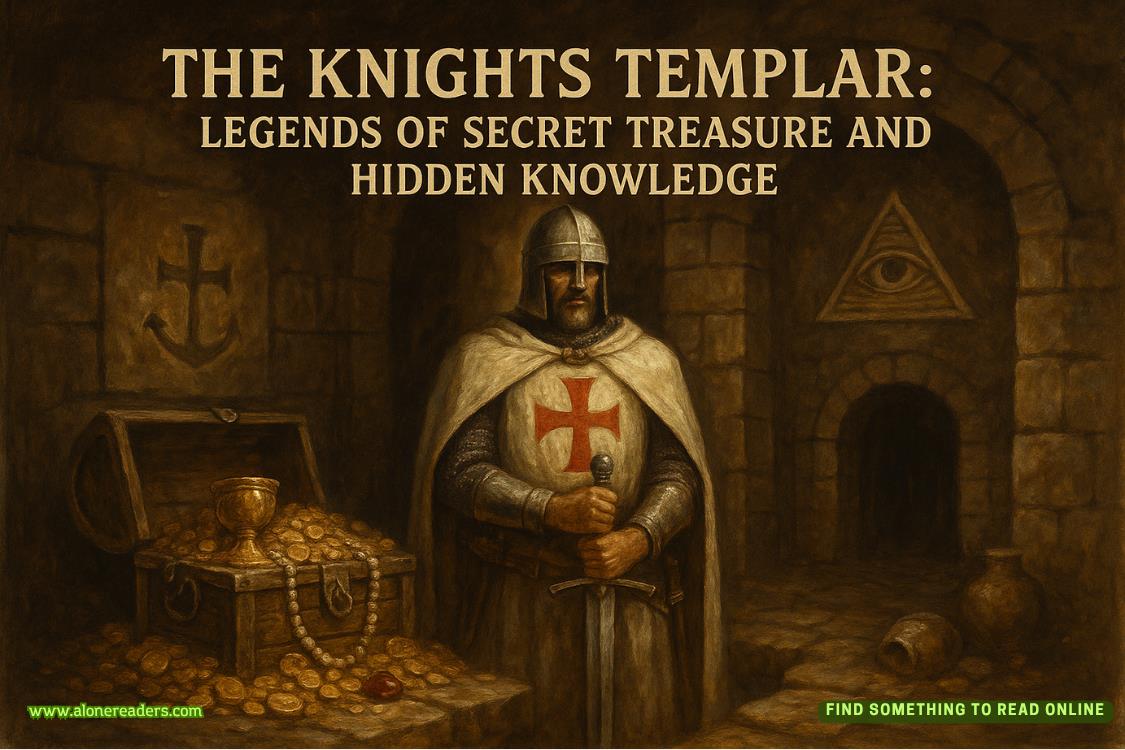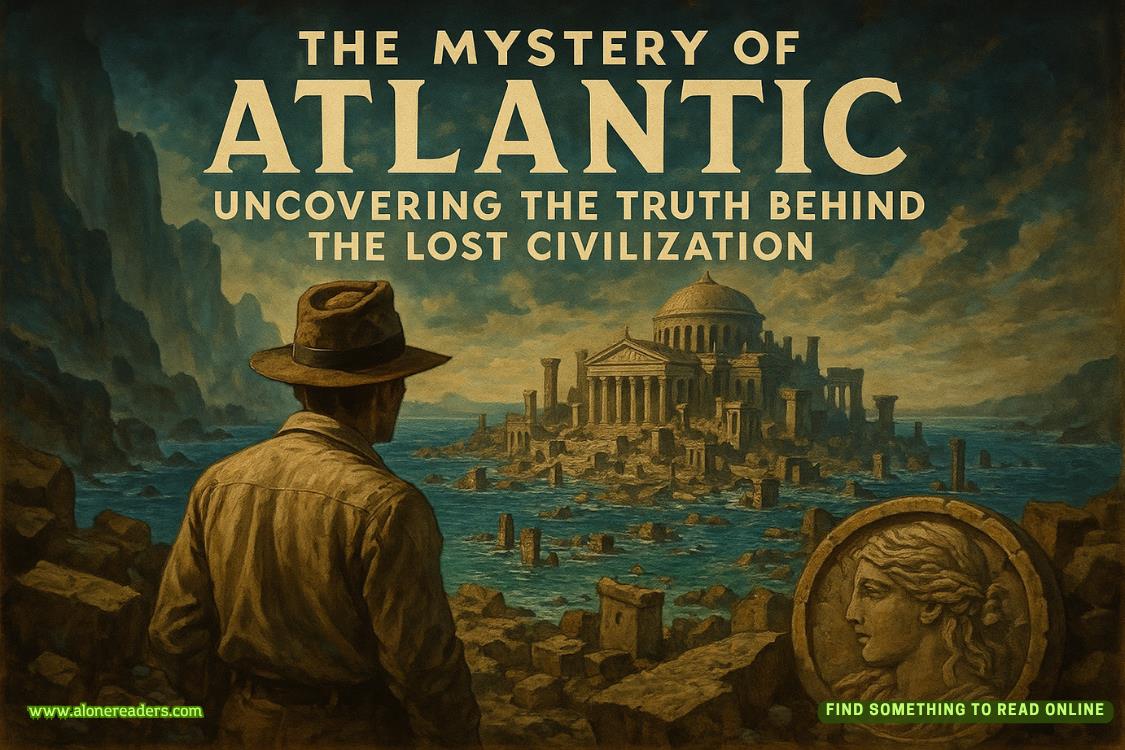Page 19 of The Weekend Crashers
“Absolutely,” says Max.
Absolutely?To that sexist remark? She shoots him a look, but he doesn’t notice.
“Well, I’m going to excuse myself,” she says. She’ll leave them to their juvenile conversation.
She’s got a retreat to run.
Chapter Eleven
The walking tour of New Hope starts across the street from the inn. Maggie hopes the outing will include some shopping. That’s always been a reliable bonding activity for her and Piper. And, to her relief, Piper is enthusiastic about the tour.
“You picked the perfect weekend for this,” Piper says, inhaling the fresh air. “We don’t really get the full autumn vibe in the city. I never think about it when I’m there, but as soon as we go away it’s, like, wow—nature in full force.”
The weather is beautiful, and so is the town. New Hope feels frozen in time, though she isn’t sure what time, exactly. The vibe is 1960s free-love bohemian meets 1990s grunge rebellion. Just two blocks away from the inn, they’d already passed an indie bookshop crammed with paperbacks, a shop selling tie-dye T-shirts and ponchos, a Wicca supply store, and a candy shop that sold treats she hadn’t seen since her childhood. Lampposts are covered with band stickers and posters advertising local events, like an outdoor movie night in nearby Peddler’s Village.
Their guide is from the New Hope Historical Society, a man named Edward who wears jeans, a button-down shirt and bow tie. They pause on the street in front of an old stone Georgian-style house.
“This is the Parry Mansion, now a house museum. It was built in 1784 by Benjamin Parry, known as the Father of New Hope. Benjamin Parry played a key role in the town’s development. After his Hope Mill burned down in 1790, he rebuilt and christened it theNewHope Mill.”
Beside her, Piper takes a selfie with the museum in the background. Sheila offers to take a photo of the two of them together.
“You should come back for the winter retreat in December,” Sheila whispers so as not to disrupt the history lesson. “It coincides with the annual ice sculpture garden. It’s five days long and all the projects are holiday themed.”
It sounds lovely, but Maggie can’t imagine a more perfect time of year for the retreat than autumn. The town, bathed in gold and burnt umber and deep reds, bordered by the river and threaded with creeks and canals, feels like a film set.
“Today, this home showcases a hundred years’ worth of local art, and each of the rooms is decorated to represent a different time period spanning the era of 1775 to 1900.” Their guide waves them along and they pass an embankment overlooking a canal. The waterway is lined with old stone houses, the Great Barn Taproom and a sign for a vintage shop.
“This body of water is Aquetong Creek, which flows all year long and is fed primarily by a natural spring located two miles west of here. It was one of the main draws for people settling in this town. The strong currents supplied the energy for waterwheels that powered the many mills that made New Hope one of the foremost industrial towns of that time.”
The group murmurs their appreciation and they all make a turn onto a side street called Mechanic. Their guide points out a time-worn stone building marked with a big copper plaque, but Maggie’s more interested in a vacant storefront next door. The wooden windowsills are painted pale yellow, and shepeeks through at the interior, a space with high tin ceilings and clean hardwood floors. The front door is also a soft buttery yellow, and a Realtor’s sign hangs from the brass knob.
Maggie looks around the block for nearby cafés or stores. Across the street, halfway down the block, Maggie spots a shop with a black taffeta dress with crinolines hanging from the closed front door. The purple-and-black painted sign above the window reads, “Velvet Revival: Vintage.”
Maggie turns to Piper. “Come with me to check out that place,” she says.
“You want to ditch the tour?”
“We’ll catch up with them after,” Maggie says.
Piper hesitates. Frankly, she expected more enthusiasm. Sometimes Maggie doesn’t understand her daughter. For someone who works in fashion, she has very little curiosity about clothes or style in general. When Maggie was a teenager,Nylonmagazine was her bible. Fashion, art, music—it was the promise of a future. It showed her the world that awaited beyond the Main Line suburbs: New York City. Paris. Seattle.
The front door of the store is half covered with a posterboard that’s scrawled with the following:
2 People at a time! Yes, even if you’re related, came as a group, or are joined at the hip. No one under 16! No dogs. If you just want to browse, everything is posted on our website.
Maggie hesitates. “Maybe we should knock?”
Piper shrugs. Maggie turns the knob.
“Hello?” she calls out, slowly opening the door. “Is it okay to—”
“Come in,” someone barks from deep within the dim room. The only window is covered with band stickers. It reminds her of the clubs in the bowery during the nineties. She reachesfor her phone to take a photo, then notices a “No phones! No photos!” sign on the wall.
From behind the counter, a young woman with dyed black hair and heavy eye makeup watches them with barely concealed irritation. Maggie feels like they just barged into someone’s personal closet. There are piles and piles of Doc Martens. Everywhere. They’re spilling off shelves, arranged in the corners, peeking out from under racks of dark clothing.
Every inch of space is filled withstuff: plastic dolls and CDs and Christmas lights and twentieth-century ephemera. But the shoes are clearly the thing.
“Are these Docs vintage?” Maggie asks.















